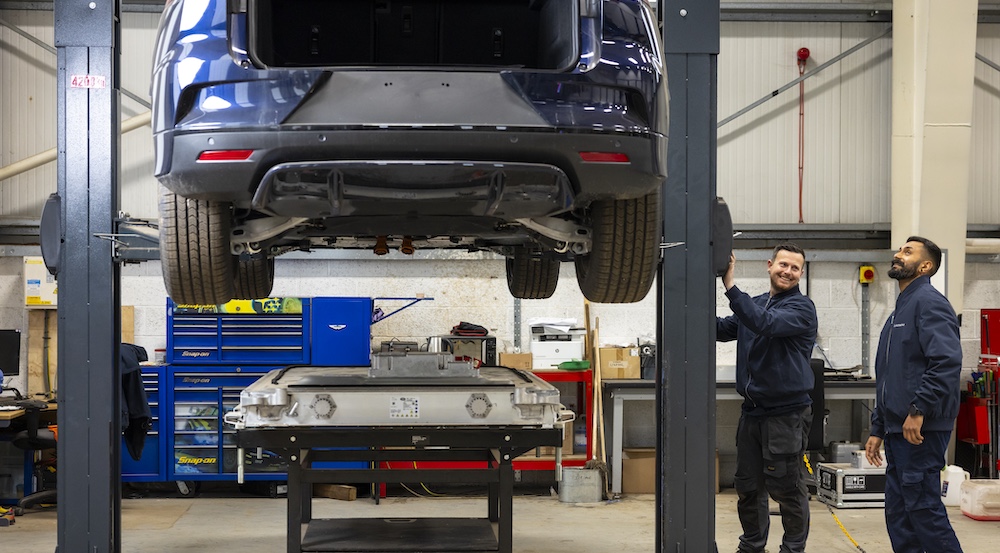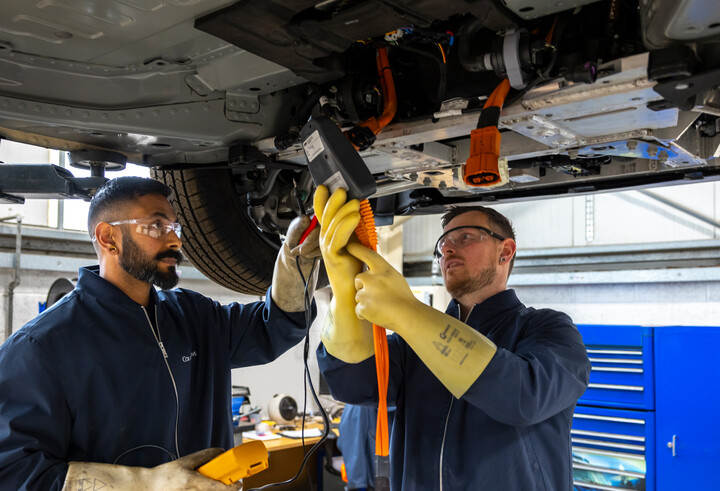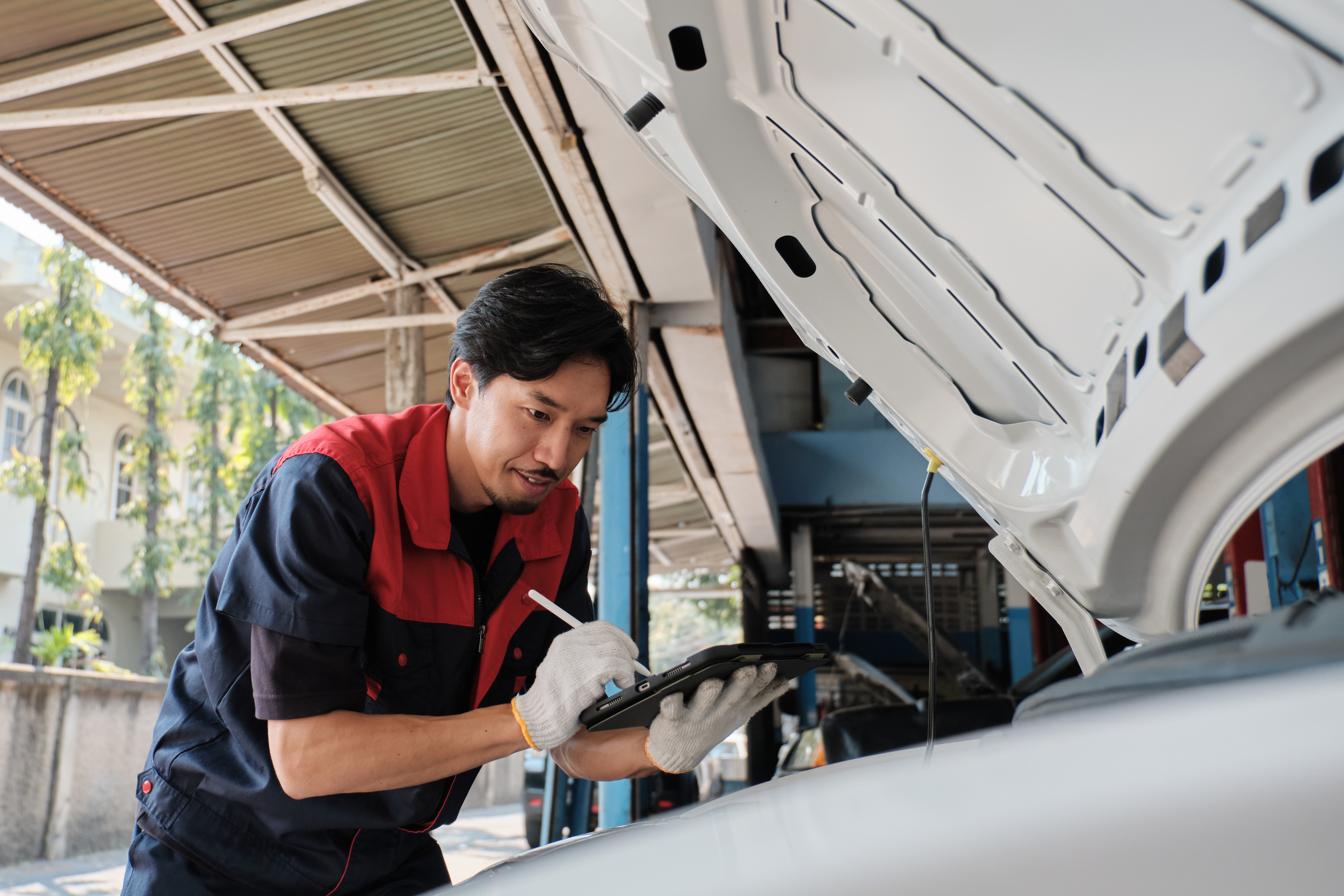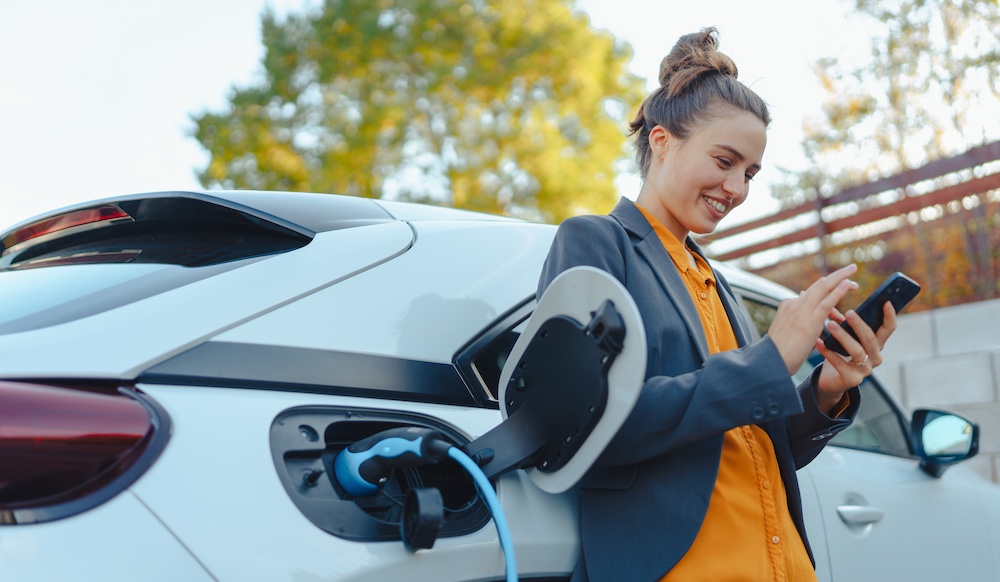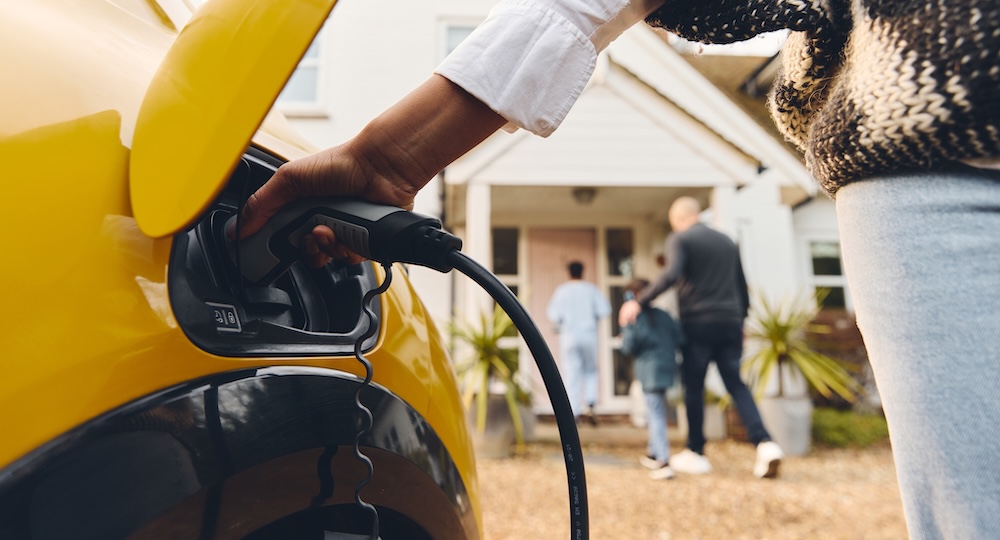EV service guide: Costs, checks, and tips for owners
An EV service requires fewer routine items than ICE vehicles, due to no oil changes and fewer filters. However, software updates, brake checks, tyre rotations and battery health diagnostics are essential. Typical EV servicing costs are lower overall, with warranty coverage helping on high-voltage parts.
If you’ve bought your first ever electric vehicle (EV) and your first EV service is coming up, or you’re considering making the switch, you’ll likely have questions about EV maintenance, battery health and EV reliability.
This guide explains what an EV car service involves, typical EV servicing costs and best practices to keep your vehicle in great condition. We’ll also highlight where EVs differ from petrol and diesel models, so you can plan servicing and repairs confidently as part of your total cost of ownership.
What is involved in EV servicing?
Finding an EV-qualified technician is essential because certain high-voltage systems and components require specialist training and equipment. So always choose a garage that’s certified for electric vehicle servicing.
Regular scheduled maintenance
Typically, EVs require fewer scheduled services than ICE cars, but you should always follow your manufacturer’s guidance.
Some insist on annual servicing, while others set frequency based on mileage (15,000 to 20,000 miles). Sticking to the plan preserves warranty coverage and protects battery health.
EV software updates
Software updates are an important part of maintaining and improving your vehicle’s performance and can fix bugs without the need to take it to a dealership – and can even increase range or efficiency.
Keeping up with software updates cover infotainment systems, driver-assist features and energy management, while protecting your systems from cyberattacks.
Brake checks
EVs still use conventional brakes that need maintaining. However, they also have ‘regenerative braking’ systems that uses the kinetic energy generated while braking and turns it into electricity to recharge the battery.
This system generally reduces brake wear and tear including brake pads and discs, but safety checks and brake fluid inspections remain essential EV maintenance.
Tyre rotations
EVs weigh more than petrol and diesel vehicles because of the battery pack, potentially accelerating tyre wear. Regular tyre rotations (as per the manufacturers guidance) will advise the best rotation frequency for your model and driving pattern, which will be followed by technicians as part of an EV service.
Battery monitoring
A core part of an EV service is a diagnostic check on the battery health.
During a service, your technician will run a set of tests to check for potential bugs or dips in performance, assessing the state of health (SoH), thermal performance and charging behaviour. Many checks are non-intrusive and recorded in your vehicle’s service history.
Electric vehicle servicing costs explained
One of the biggest differences with an EV service is that it generally involves fewer routine replacements, thanks to electric vehicles having less moving parts.
This typically lowers EV service costs compared to ICE vehicles, a key factor in the total cost of ownership.
Typical items and cost direction:
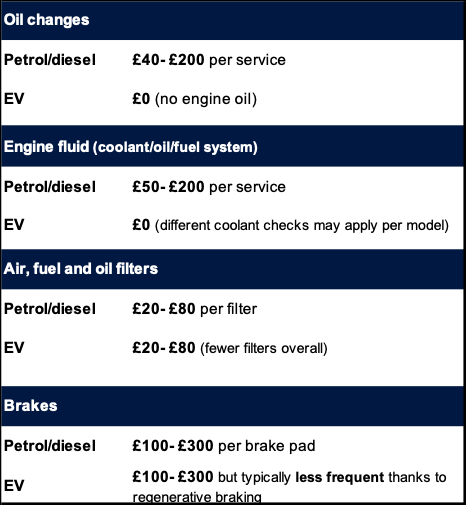
* Note, these costs are estimates based on real-world costs, but costs will vary.
What affects EV service costs?
Just like with petrol and diesel vehicle services, there are several factors that influence the cost of EV servicing. Let’s break these down.
Independent garage vs dealership
While independent garages will offer you more affordable labour, it’s important to check your vehicle’s warranty or your lease agreement before you book your car in. Some agreements will require you to use a specific dealership to carry out the work to keep warranty coverage intact.
Battery warranty
Most manufacturers include eight year/100,000-mile warranty coverage for the battery, to help protect EV reliability. These cover diagnostics, repairs and module replacement costs where necessary. However, it’s important that you follow the specific guidance to ensure you protect the warranty, to prevent additional costs.
Location
Areas with fewer EV-qualified technicians may see higher labour rates or longer lead times.
Electric vehicle repairs: what you should know
Like any car, EVs can still need repairs. However, the common items differ. While not common, this section explains the repairs you’ll most likely come across with electric vehicles.
Software glitches
Occasional glitches can affect screens, connectivity or charge status displays. However, most issues are resolved by updates or module resets during regular EV maintenance.
Battery modules
Your EV’s battery health can start to decline if exposed to factors like sustained extreme temperatures or frequent rapid charging.
Module-level fixes are sometimes possible under warranty. The vehicle’s diagnostics will guide you on the next steps.
Charging port issues
Damage from sustained extreme weather or user error can require charging port maintenance. Technicians will also check control modules, cabling and seals for potential faults.
Tyres
Extra weight and instant torque can increase tyre wear. Always choose EV-rated tyres, keep pressure correct and schedule regular EV services to extend life and prevent the need for repair.
What affects EV service costs?
First, check the manufacturer’s warranty and your lease agreement (if relevant), to understand where you can take your car without breaking your agreement or voiding your warranty coverage.
Use the manufacturer’s locator for authorised sites, or reputable independent directories for high voltage trained technicians. Always look for visible certifications and experience with your specific make and model.
Tips for maintaining your EV
Follow these EV maintenance tips to maintain your EV’s reliability and keep total cost of ownership low:
- Stick to scheduled servicing as per the manufacturer
- Monitor battery health via the car or app. Avoid sitting at 0% or 100% for long
- Keep your software updated to benefit from fixes and efficiency improvements
- Check tyres and brakes regularly, rotating tyres as per recommendations and keep pressures accurate
Conclusion: Plan your next EV service with confidence
While EVs typically require less routing maintenance than petrol and diesel vehicles, completing a regular EV service is key for maintaining safety and performance.
You can expect services to cover software checks, tyre/brake inspections and battery health diagnostics, with lower servicing costs versus ICE vehicles.
For more practical guidance on EV ownership, visit our EV Hub.
EV servicing and repairs FAQs
What does an EV car service include?
An EV service consists of software updates, high-voltage system checks, battery health diagnostics, brake inspections, tyre rotations and cabin/air filter replacements. Unlike ICE cars, there’s no engine oil or fuel-system service, which simplifies the process and helps reduce costs. Your technician will also check safety systems and note any updates in your digital service record.
How often should I service my EV?
Follow the manufacturer recommendation. Some require annual visits while others specify mileage (often 15,000–20,000 miles). Sticking to the plan protects EV reliability and warranty coverage. However, if your car flags a software or safety update sooner, get it applied as soon as possible to keep systems current and safe.
Are EV repairs more expensive than ICE vehicles?
Some components, such as high-voltage parts can be pricier, but EVs have fewer wear items overall. Many owners find the total repair spend is lower across ownership thanks to strong EV reliability and fewer mechanical failures. Battery and power electronics are typically covered by multi-year warranties, helping control the total cost of ownership.
Can I get electric vehicle servicing at independent garages?
Yes. If they’re EV-qualified and use approved parts/fluids. However, always check warranty or lease terms. Some policies require franchised servicing or specific procedures.
Do EV warranties cover repairs and battery issues?
Most EVs include separate battery warranties (often eight years/100k miles) alongside the vehicle warranty. Coverage varies, but policies typically include excessive degradation thresholds and approved repair routes. Read your warranty documentation to understand the coverage provided and any requirements.


